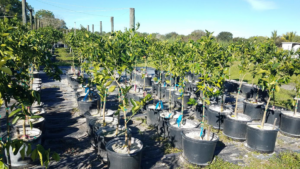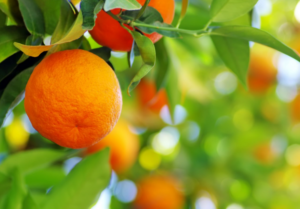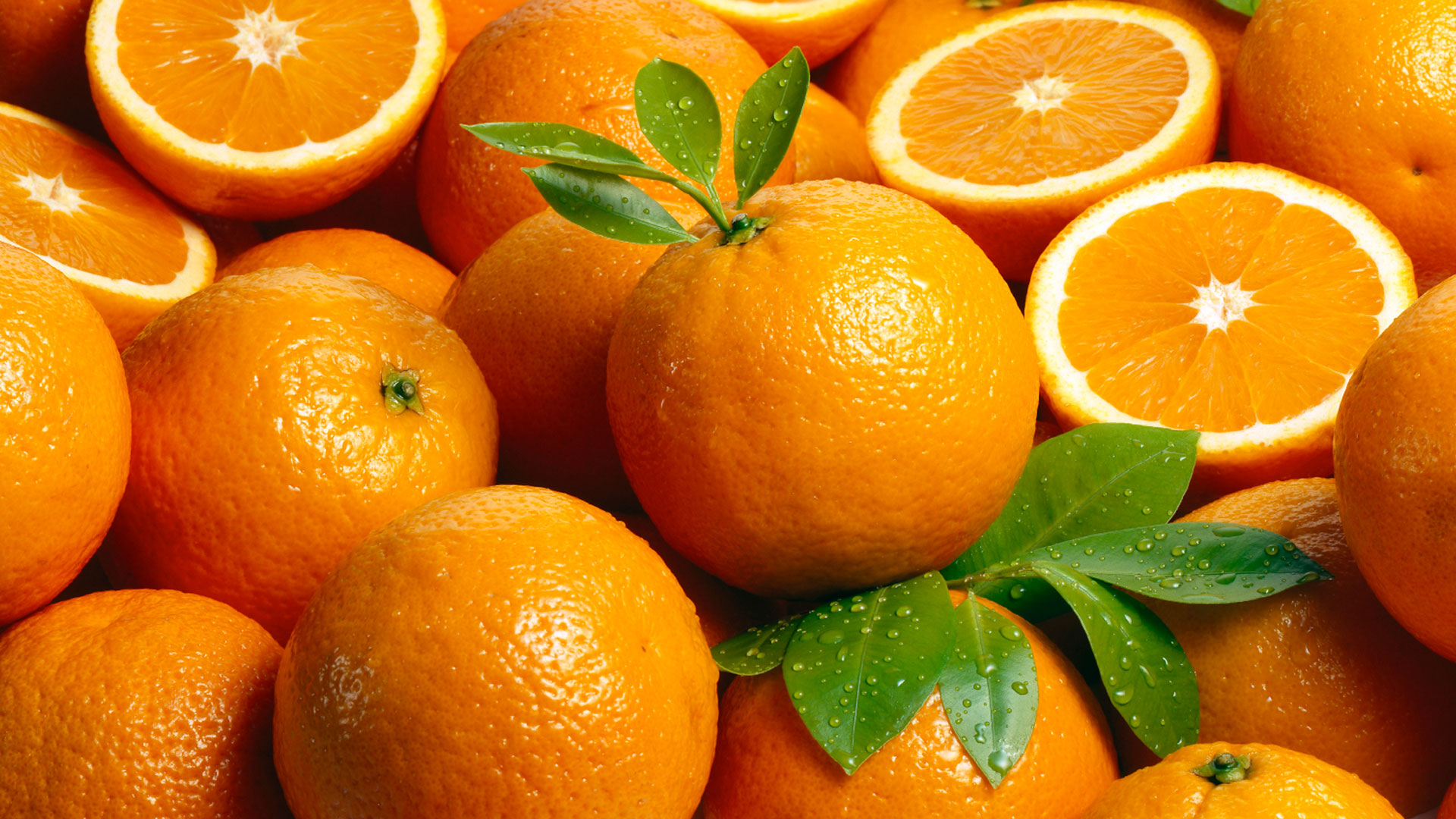The goal of this research was to identify the role essential nutrients play in the physiology of tree crops, and then to apply the nutrient as a foliar fertilizer to stimulate a specific metabolic process at phenological stages when nutrient demand is high.
During fruit set, when flower and fruit abscission take place, greatest gain in fruit retention and yield can be made (Figure 1). At low soil temperatures, root activity is limited, which results in less nutrient uptake. Early pre-bloom and post-bloom sprays with nitrogen containing fertilizer source, such as urea or KNO3, can help to overcome this limited root activity related problem. Foliar absorbed N will be broken down to ammonia, which will be metabolically transformed to arginine and arginine to polyamines. Polyamines play a well-established role in promoting growth by cell division. More cells means usually larger fruit. 70% of final fruit size is related to the number of cells in the fruit. Cell division typically stops by late April (Florida); size change throughout the rest of the year comes from cell enlargement.

Figure 1. Phenology model of the Navel orange based on 25-year-old ‘Washington’ Navel orange (Citrus sinensis L. Osbeck) trees on ‘Troyer’ citrange [Poncirus trifoliate (L. Raf) x C. sinensis] rootstock at Riverside, CA.




